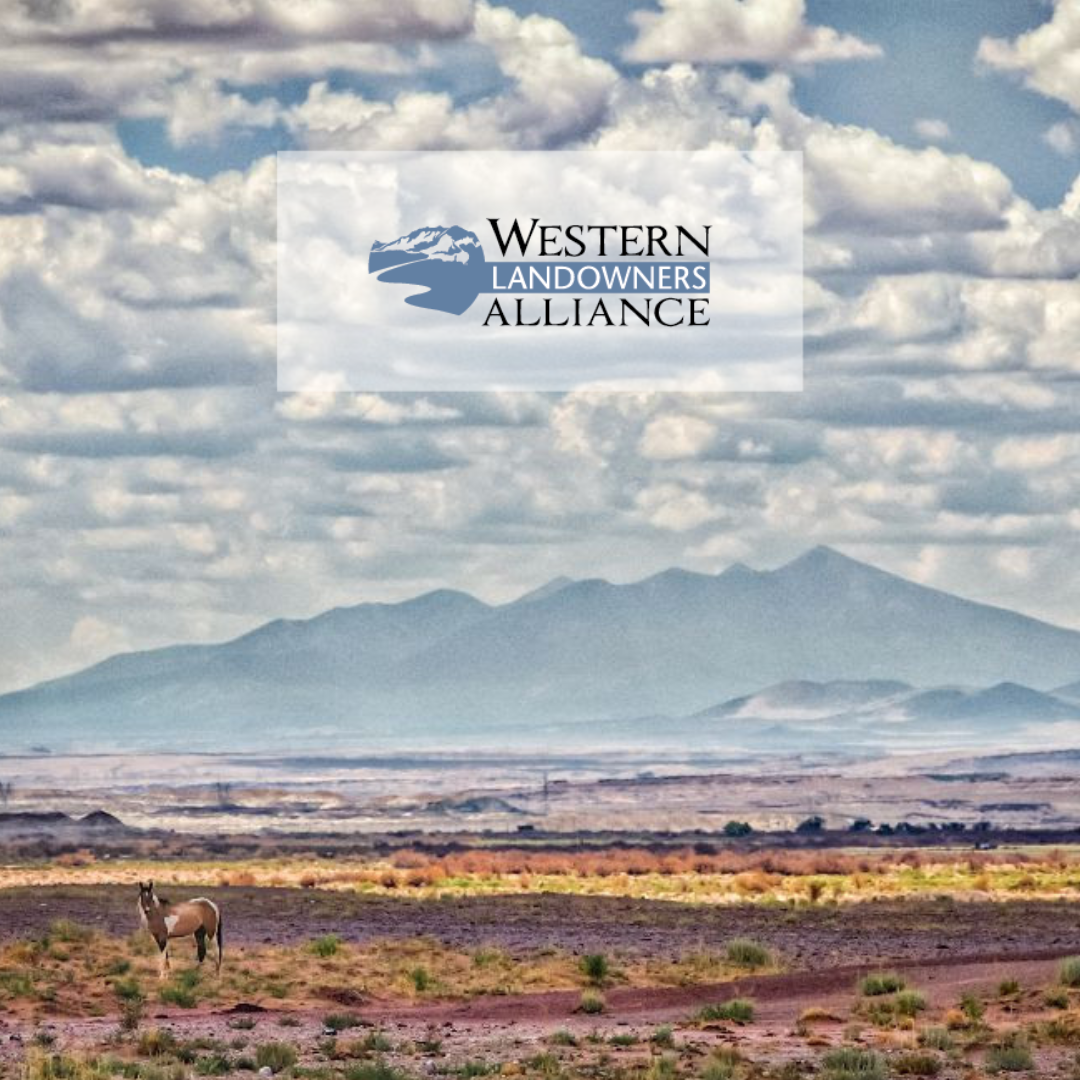USDA and Interior Department Green Light Conservation Practices for Farmers, Ranchers and Landowners in Five Lesser Prairie-Chicken States
| WASHINGTON, May 2, 2014 — The U.S. Department of Agriculture (USDA) and the Department of the Interior today announced that farmers, ranchers and landowners implementing Farm Service Agency (FSA) Conservation Reserve Program (CRP) practices intended to protect and increase lesser prairie-chicken populations will not be subject to additional regulations as a result of the species’ listing as threatened under the Endangered Species Act.
The U.S. Fish and Wildlife Service reported that last year, the range-wide population of the lesser prairie-chicken declined to a record low of 17,616 birds, an almost 50 percent reduction from the 2012 population estimate. Producers participating in CRP in lesser prairie-chicken states (Texas, Oklahoma, Kansas, Colorado and New Mexico) are planting native grasses and vegetation that will enhance nesting and brooding habitats, and taking other steps to help restore the declining lesser prairie-chicken population. Today’s announcement provides that producers who voluntarily engage in practices to protect the lesser prairie-chicken will not be subject to additional regulations related to protecting the species. “USDA’s partnerships with farmers, ranchers, producers and landowners in voluntary initiatives like the Conservation Reserve Program are critically important and are yielding real results,” said Agriculture Secretary Tom Vilsack. “Today’s announcement gives producers who remain engaged in responsible conservation plans the certainty that they are in compliance with the new listing of the lesser prairie-chicken.” “We applaud USDA for their commitment to provide incentives for voluntary conservation,” said Interior Secretary Sally Jewell. “With the majority of the lesser prairie-chicken’s habitat on private lands, we all need to work together to ensure the conservation of the species and the economic well-being of ranchers and farmers across the species’ range.” FSA and the U.S. Fish and Wildlife Service worked together to develop a Biological Opinion to ensure CRP compliance with Endangered Species Act provisions. This Biological Opinion gives predictability to CRP participants who voluntarily apply protective conservation practices for the lesser prairie-chicken so additional regulations may be unnecessary in the future. This gives agricultural producers using proactive conservation practices confidence that they can maintain traditional farming and ranching activities. The final rule for listing the lesser prairie-chicken as a threatened species and the special rule limiting regulatory impacts on landowners and businesses because of this listing will be effective May 12, 2014. Visit www.fws.gov/southwest/es/LPC.html to learn more about the threatened lesser prairie-chicken. CRP participants and prospective participants should consult their local FSA officials and seek advice from USDA’s Natural Resources Conservation Service in developing conservation compliance plans. Visit the FSA office at the local USDA Service Center, or go towww.fsa.usda.gov for more information. The U.S. Fish and Wildlife Service works with others to conserve, protect, and enhance fish, wildlife, plants, and their habitats for the continuing benefit of the American people. Visitwww.fws.gov to learn more. # |
Join WLA to stay up to date on the most important news and policy for land stewards.
Become a member for free today and we will send you the news and policy developments critical to the economic and ecological health of working lands.
WLA works on behalf of landowners and practitioners throughout the West. We will never share your contact information with anyone.
©2025 Western Landowners Alliance • PO BOX 27798, Denver, CO 80227 • 505.466.1495
Western Landowners Alliance is a 501 (c)(3) non-profit recognized by the IRS.
Tax ID: 46-1346488
